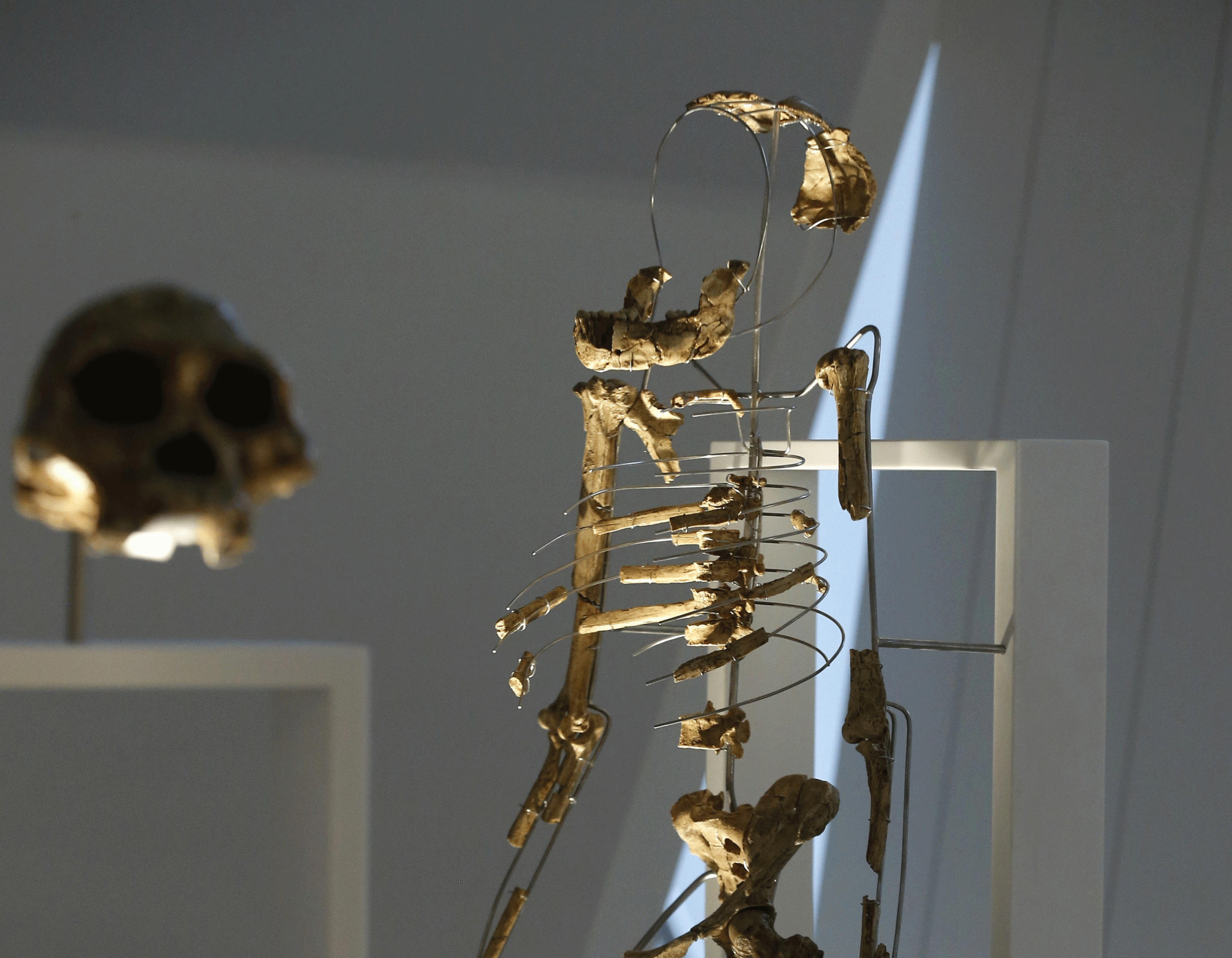Who is Lucy the Australopithecus? Five facts you probably didn't know about oldest hominin ever discovered
Lucy has been honoured with a Google Doodle on the 41st anniversary of her discovery

Your support helps us to tell the story
From reproductive rights to climate change to Big Tech, The Independent is on the ground when the story is developing. Whether it's investigating the financials of Elon Musk's pro-Trump PAC or producing our latest documentary, 'The A Word', which shines a light on the American women fighting for reproductive rights, we know how important it is to parse out the facts from the messaging.
At such a critical moment in US history, we need reporters on the ground. Your donation allows us to keep sending journalists to speak to both sides of the story.
The Independent is trusted by Americans across the entire political spectrum. And unlike many other quality news outlets, we choose not to lock Americans out of our reporting and analysis with paywalls. We believe quality journalism should be available to everyone, paid for by those who can afford it.
Your support makes all the difference.The 41st anniversary of the discovery of 'Lucy' has been celebrated with a Google Doodle.
'Lucy' is a collection of fossilised bones that once made up the skeleton of a hominid from the Australopithecus afarensis species. She lived in Ethiopia 3.2 million years ago.
First discovered in 1974, the discovery was remarkably 'complete' - 40 per cent of her skeleton was found intact, rather than just a handful of incomplete and damaged fossils that usually make up remains of a similar age.
Shortly after being dug up, it became apparent that Lucy was a significant find with researchers saying she belonged to a previously unknown species.
In honour of 'Lucy', here are five things you may not know about her:
1. She was named after The Beatles song 'Lucy in the Sky with Diamonds'
After making the discovery, paleoanthropologist Donald Johanson headed back to his campsite with his team.
He put a Beatles cassette in the tape player, and when Lucy in the Sky with Diamonds came on, one of the group said he should call the skeleton Lucy.
"All of a sudden, she became a person," Johanson told the BBC.
Read more: How related are you to Lucy?
2. Lucy walked upright
One of the most important things about Lucy is the way she walked. By studying her bones, in particular the structure of her knee and spine curvature, scientists were able to discover that she spent most of her time walking on two legs - a striking human-like trait.
3. No one knows how she died
The few clues we have about Lucy's cause of death can only rule things out, rather than provide solid answers.
There's not much evidence of teeth marks anywhere on her skeleton, suggesting she was not killed and scavenged by other animals after she died.
However, there is one tooth mark from a carnivore on the top of her left pubic bone - but it's not known whether this happened before she died, or whether she was bitten after.
4. Lucy still lives in Ethiopia, near to where she was found
The skeleton of Lucy lies hidden away from the public in a specially constructed safe in the National Museum of Ethiopia in Addis Ababa, not far from where she was discovered.
Only a plaster replica of her skeleton is available to be seen by the public.

However, the real skeleton was taken on a tour of the US from 2007-2013, despite fears that the tour would damage it.
A number of other plaster casts of Lucy's remains are dotted around the world.
5. She was pretty short
Australopithecus afarensis may have walked upright and looked somewhat human-like, but they were much smaller than we are.
Lucy died as a young but fully grown adult, and stood only 1.1m (3.7ft) tall and weighed in at a paltry 29kg (64lb).
Join our commenting forum
Join thought-provoking conversations, follow other Independent readers and see their replies
Comments